Intermediates
Gallantry and accessories
Blog Piekiełka
Piêu shawl - an unusual headdress for women of the Thái đen nation
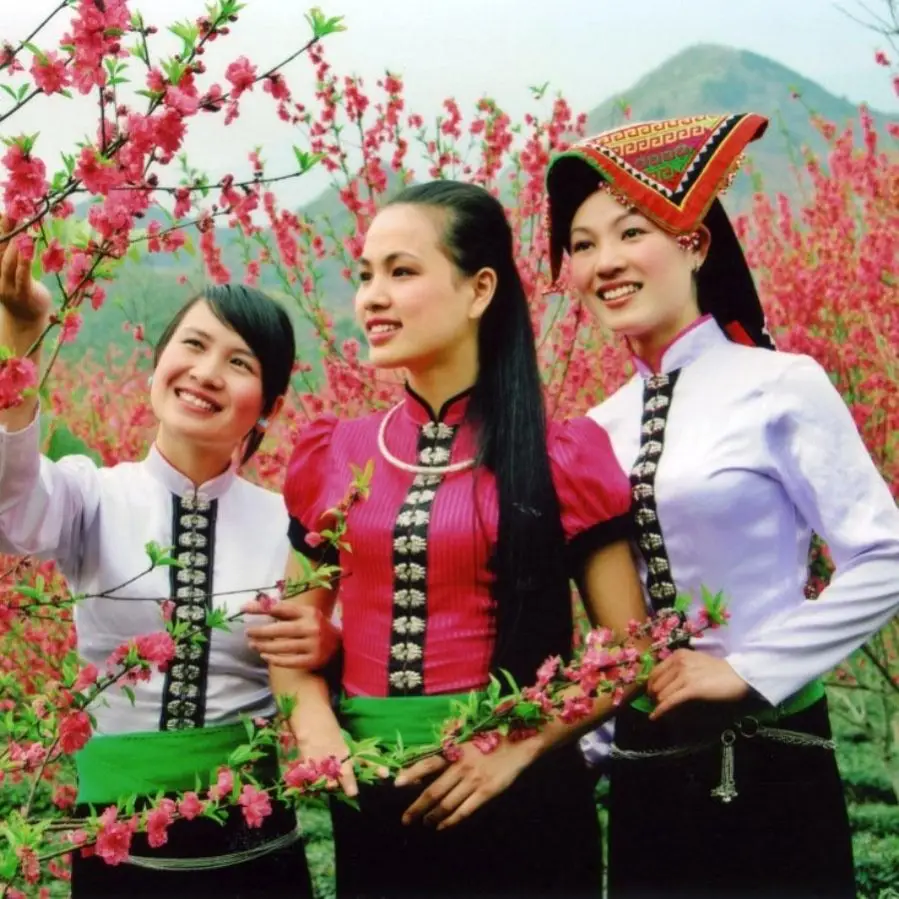
Each of the 54 nations living in Vietnam has its own cultural heritage, which has been passed down from generation to generation for centuries. This is reflected in customs, rituals and beliefs, and above all in the richness of folk costumes. Many nations are further divided into subgroups, precisely because of the dominant color of their attire.
Headgear, as a national symbol
The costumes of the Thái - Whites and Blacks - who live in the northwestern, mountainous regions of the country, are basically similar to each other. With one exception: in the case of the ethnic minority Thái đen (Black Thái), the traditional piêu shawl is an original and sympathetic distinguishing element.
Current Thái living conditions are very different from those of the past. Houses on stilts instead of thatched roofs are now covered with tiles or sheet metal. Daily outfits have also become more practical. Only the piêu shawl still remains an essential and invariable part of every Thái đen woman's attire.
The shawl is hand-woven from cotton and dyed later to an indigo color. The strip of fabric thus prepared is decorated at the ends with beautiful, colorful patterns. There are three types of patterns: tà leo, cút piêu and sai peng. Tà leo defends against evil spirits and protects the soul of the woman who wears it. Cut piêu indicates respect for elders, and sai peng symbolizes love.
Piêu shawls show the special talent of Thái đen women. The colors and unique patterns are harmoniously composed. You can see the blue of the mountains, the gold of the sun and rice, the pink color of flowers. Embroidered are not only geometric patterns but also birds and butterflies, various animals, plant motifs and the moon. Each pattern shows the close relationship between people and nature. The piêu shawl is much more than a simple headdress - it is also a religious symbol of this nation.
Practice makes perfect
All Thái women can weave and embroider. If any girl couldn't make a piêu shawl on her own, she would be considered lazy, wouldn't attract the attention of boys and probably wouldn't find a husband either.
It usually takes two to four weeks to prepare such a shawl, as women only take care of them in their spare time. Mothers teach their daughters to weave and embroider from early childhood. This is the whole process of preparing them for independent life. Girls at the age of 15-16 are able to make a piêu shawl on their own and will soon marry.
When a girl gets married, she has to weave the shawls herself to give to her future husband's family. The mother-in-law usually receives a piêu shawl from her daughter-in-law on her first day at her husband's house.
A shawl good for any occasion
Thái women wear this headdress from early on in life on occasions such as holidays, weddings and even funerals. When they die, the shawl is buried with them.
The shawl protects from the sun and wind, keeps them warm in cold weather, and serves as an important decoration during celebrations or traditional dances. Such occasions are used by boys to profess their love to their chosen ones by taking shawls from them. When a girl gives a shawl to a boy, it means that she is in love with him.
Nowadays, the piêu shawl still plays an important role in the lives of Black Thái women. It is an original work of art made by the deft hands of talented girls from the mountainous Thái đen nation.
Miao Hmong Nation Jewelry
-
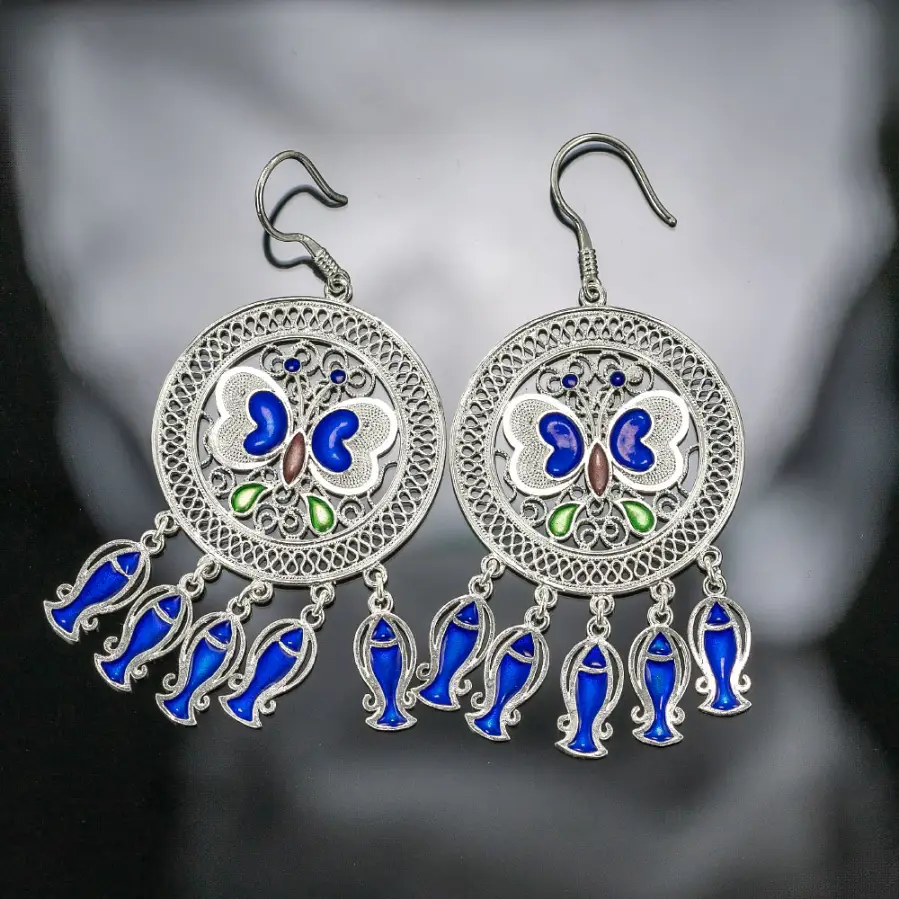
Tribal silver earrings
325,00293,31 -
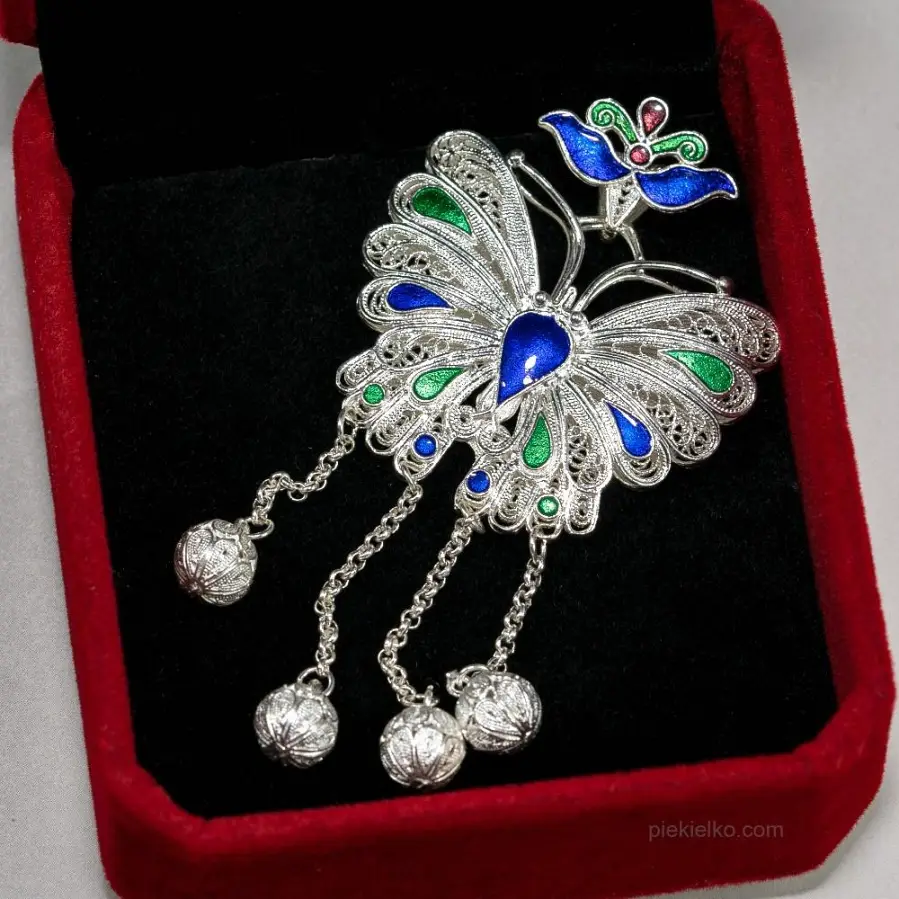
Silver tribal pendant
462,00438,90 -
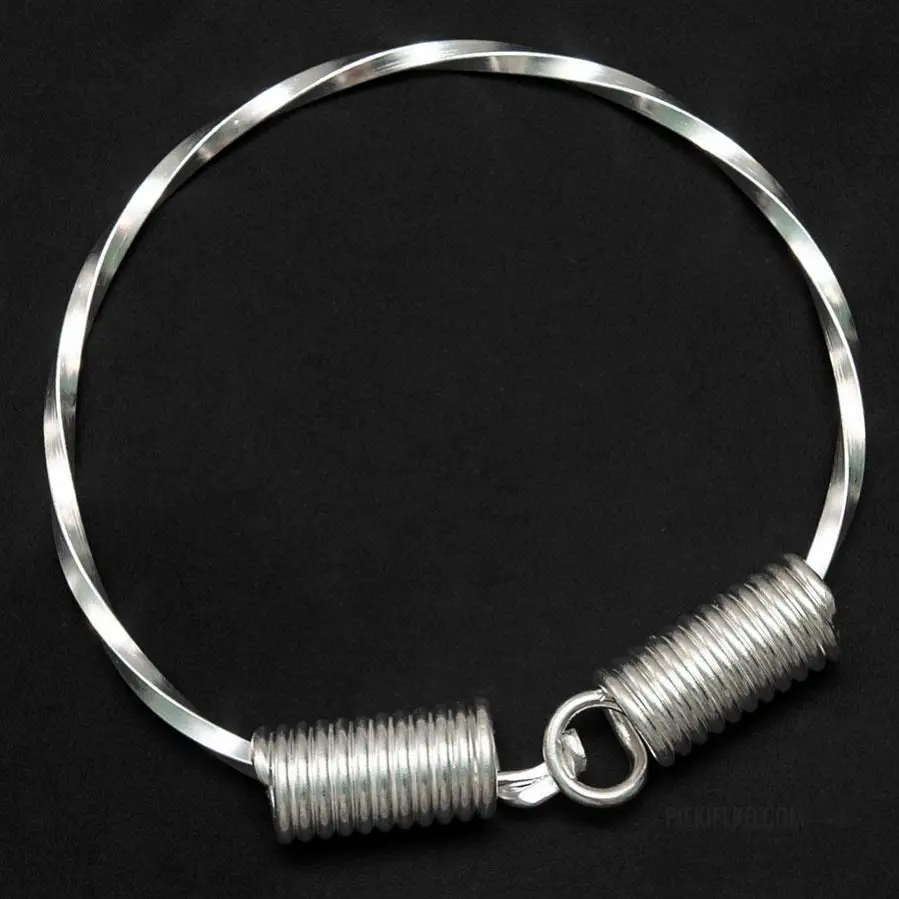
Hmong Miao necklace
98,00 -
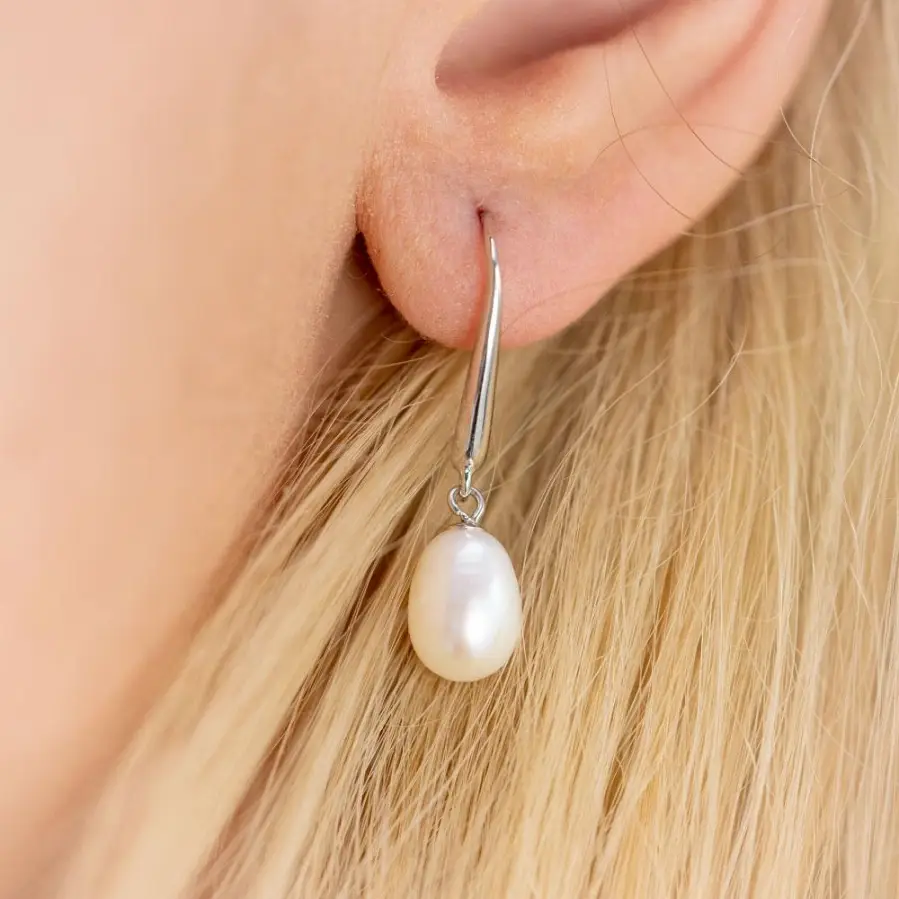
Silver earrings with pearls
221,40199,81 -

Miao hairpin
175,00115,00 -
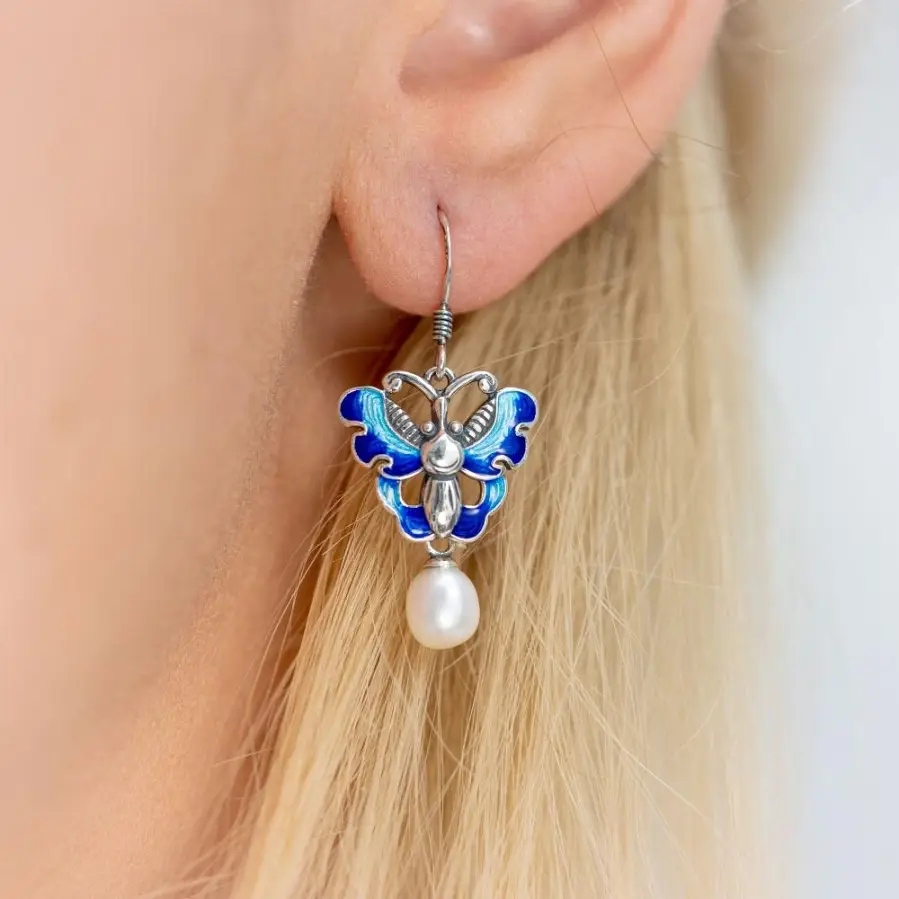
Blue Miao butterflies earrings
253,00228,33 -
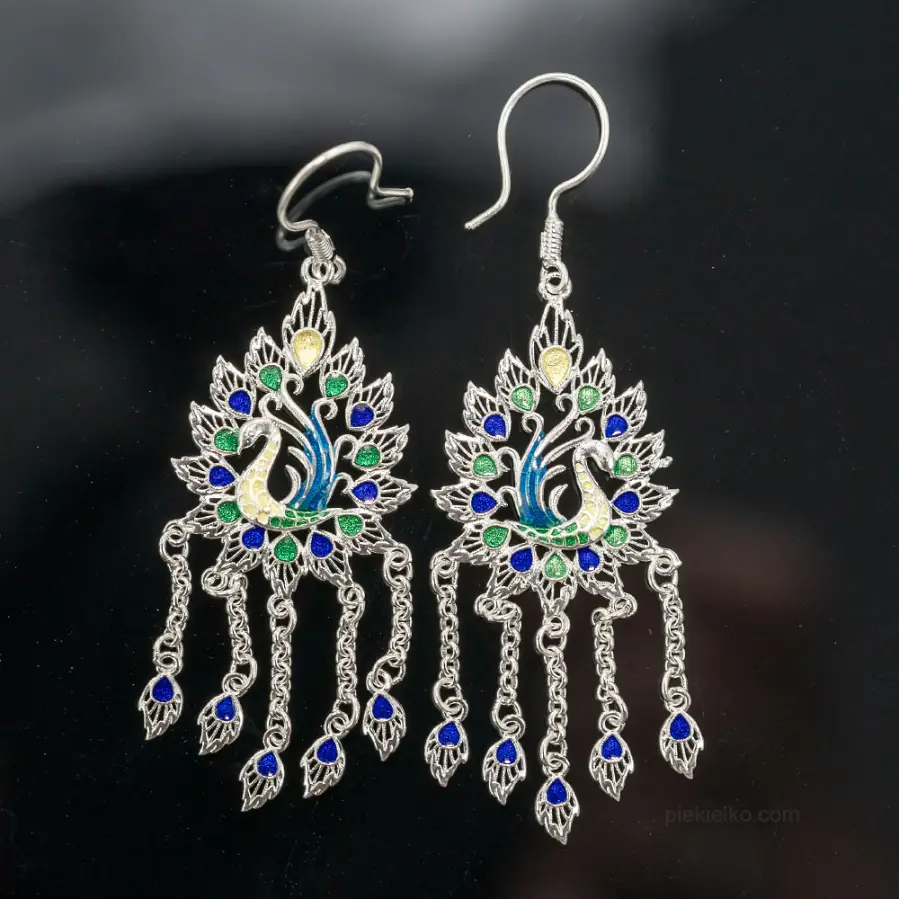
Unique silver Miao earrings
346,00312,27 -

Green leaf silver Miao earrings
320,00288,80 -
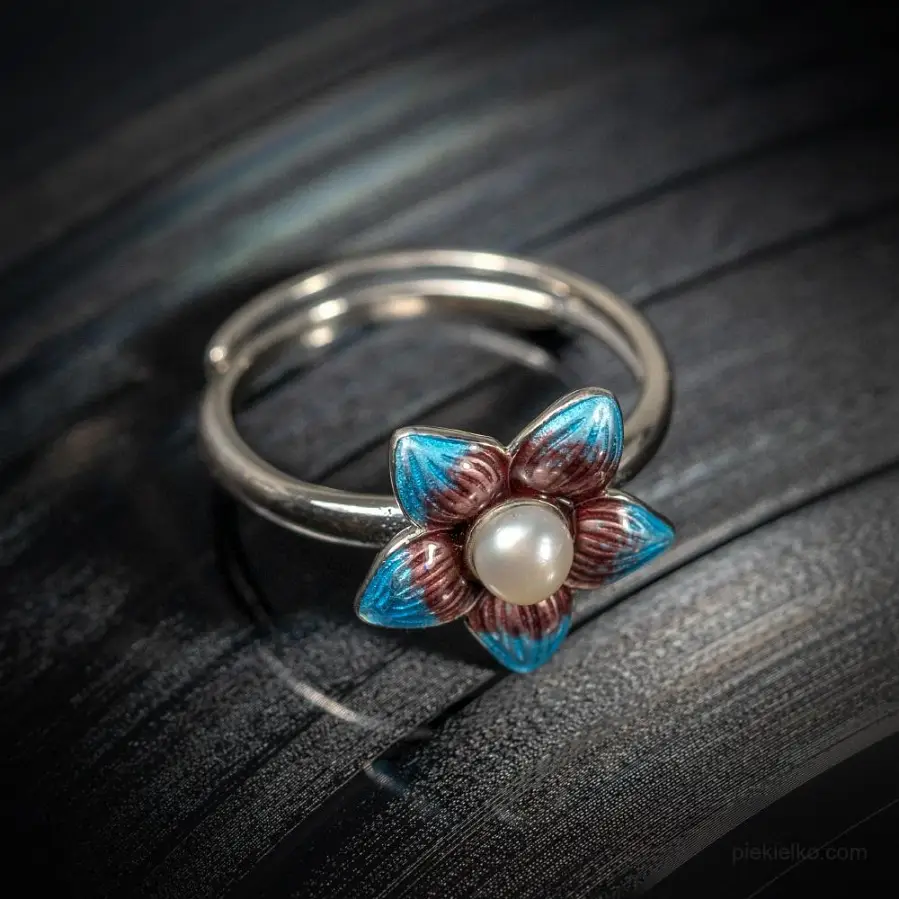
Miao adjustable ring
317,00286,09 -
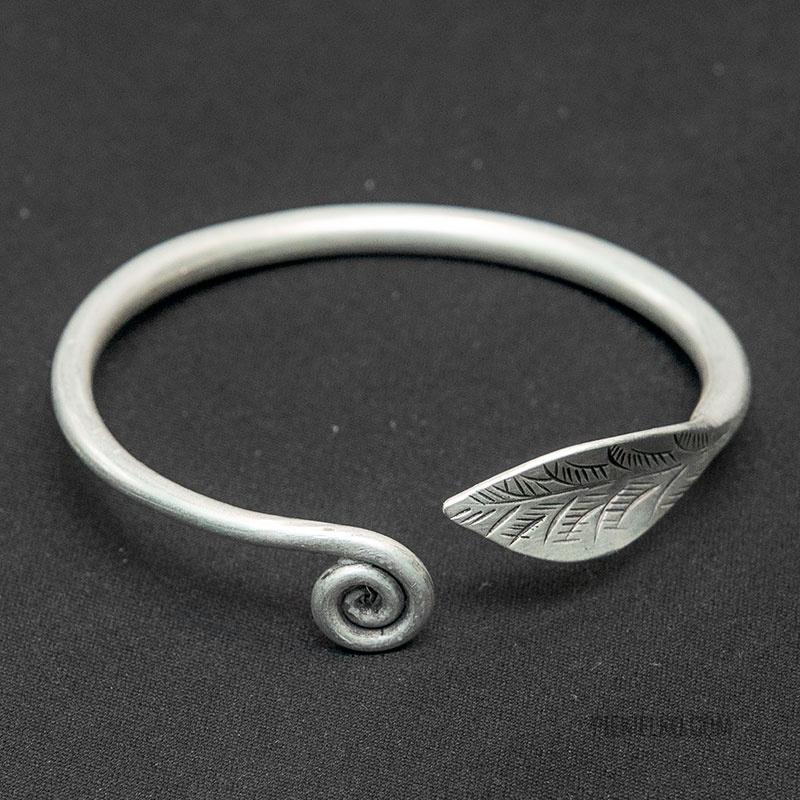
Miao bracelet
73,00 -
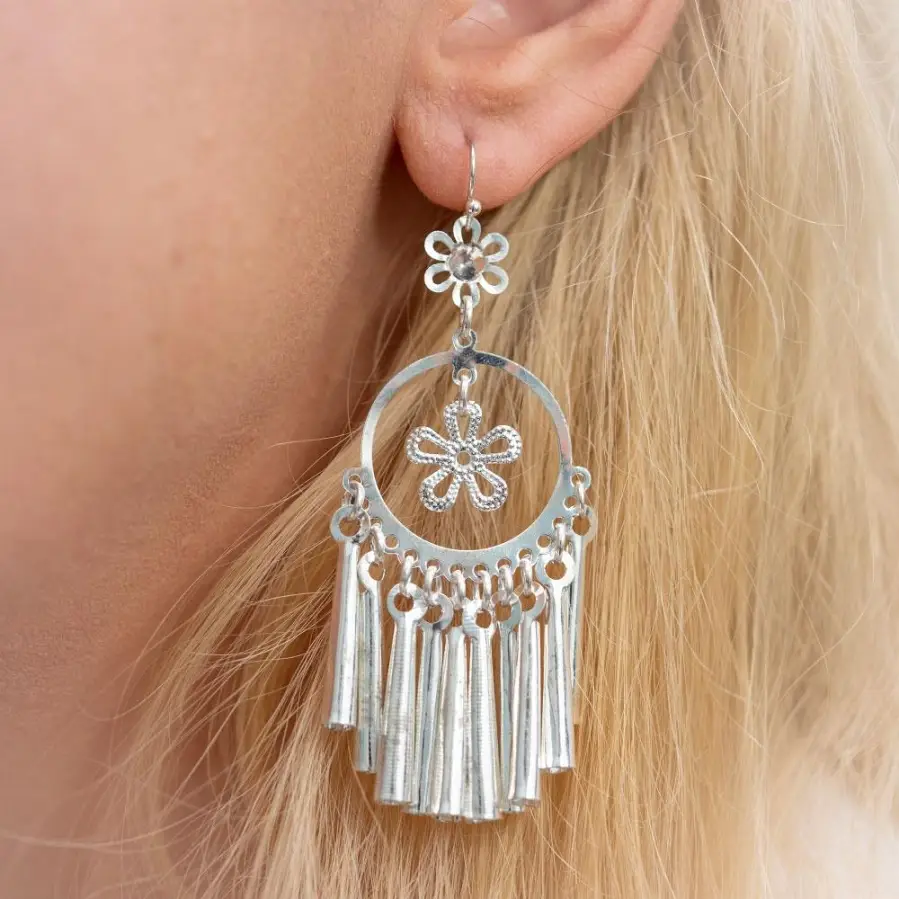
Silver plated Miao earrings
89,0084,55 -

H'Mông earrings - manufacture
166,00157,70 -
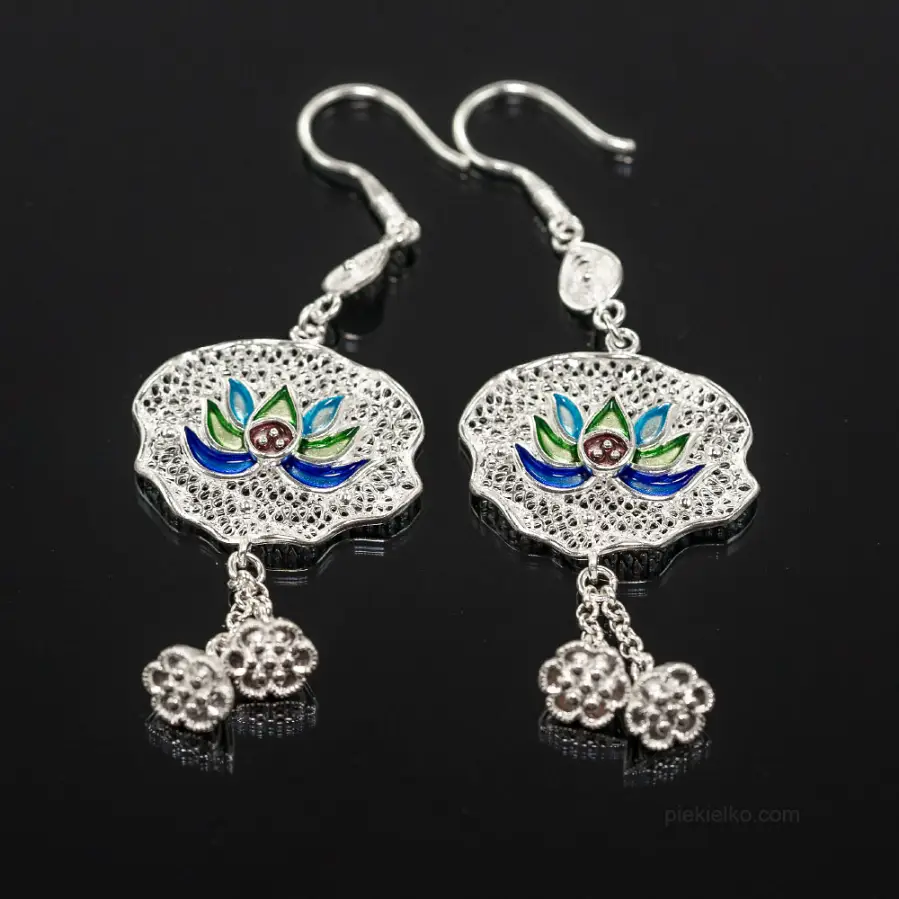
Openwork tribal earrings S999
369,00333,02 -
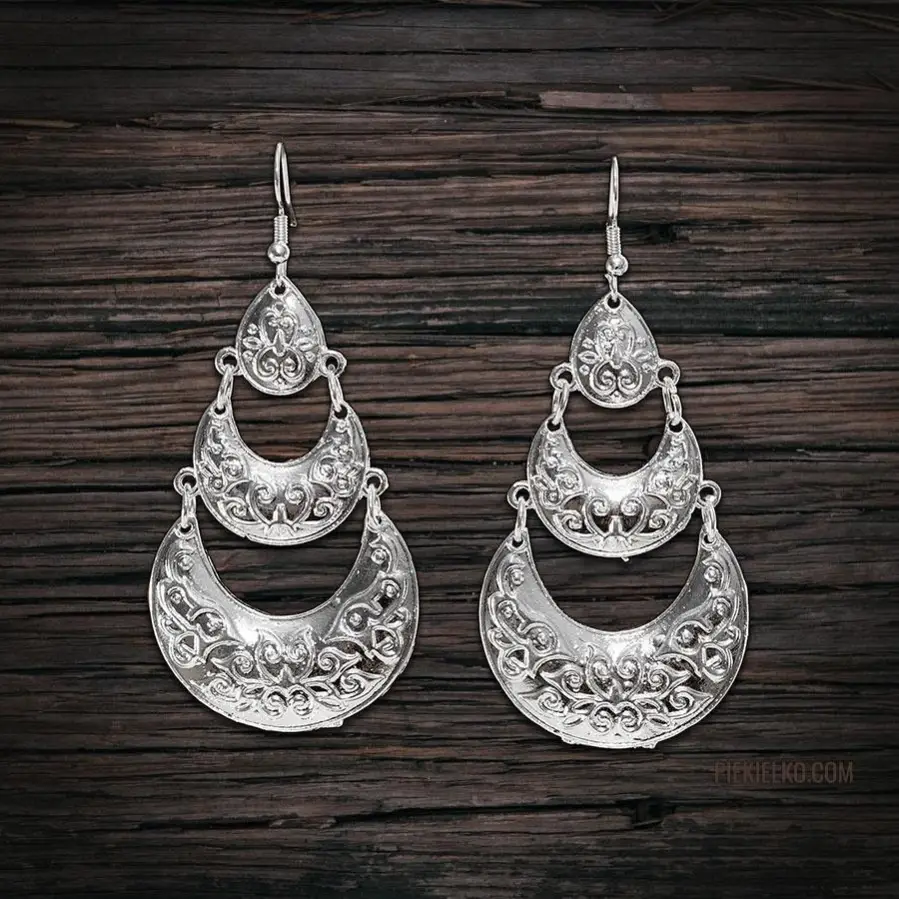
Silver plated Miao earrings
79,0075,05 -
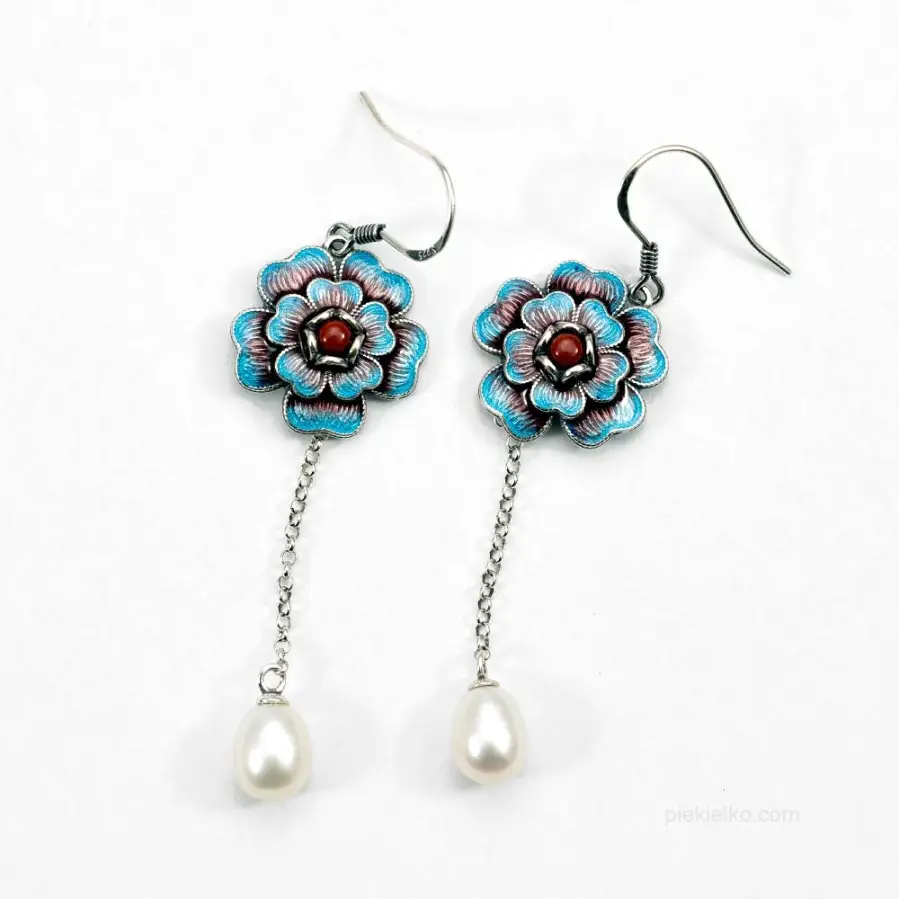
Miao flower with pearl and coral
308,00277,97 -

Silver tribal pendant
407,00386,65 -

Miao hairpin comb
179,00120,00 -
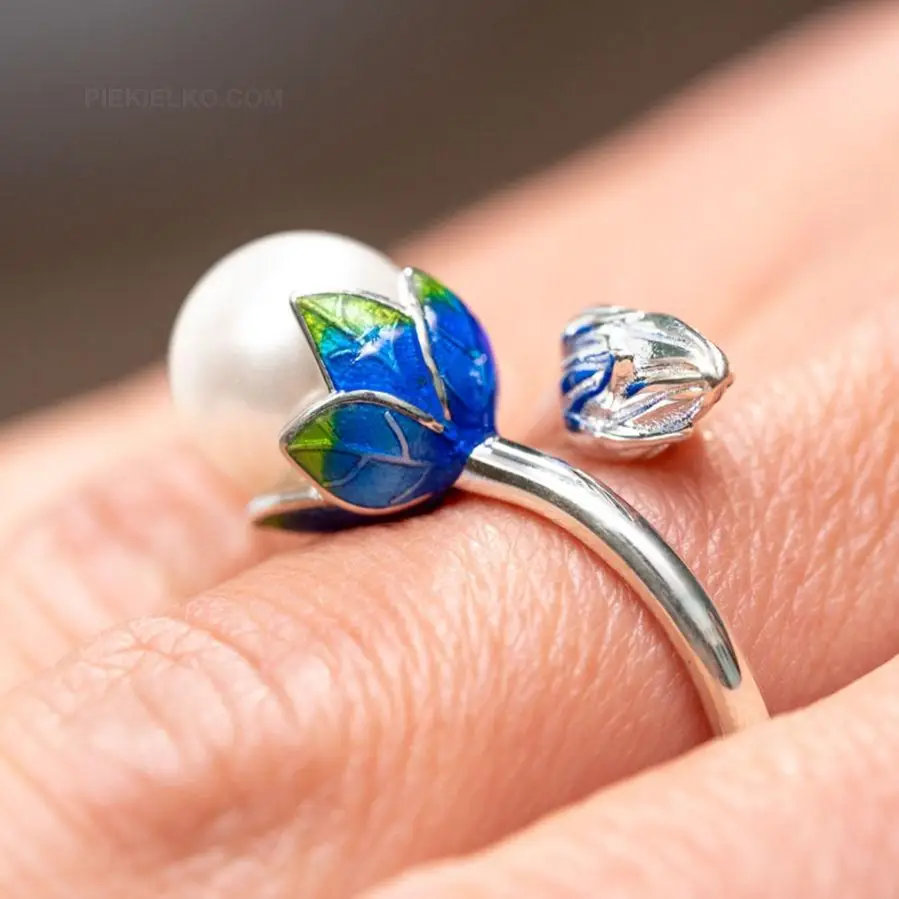
Ring with a pearl - handicraft
345,00311,36 -
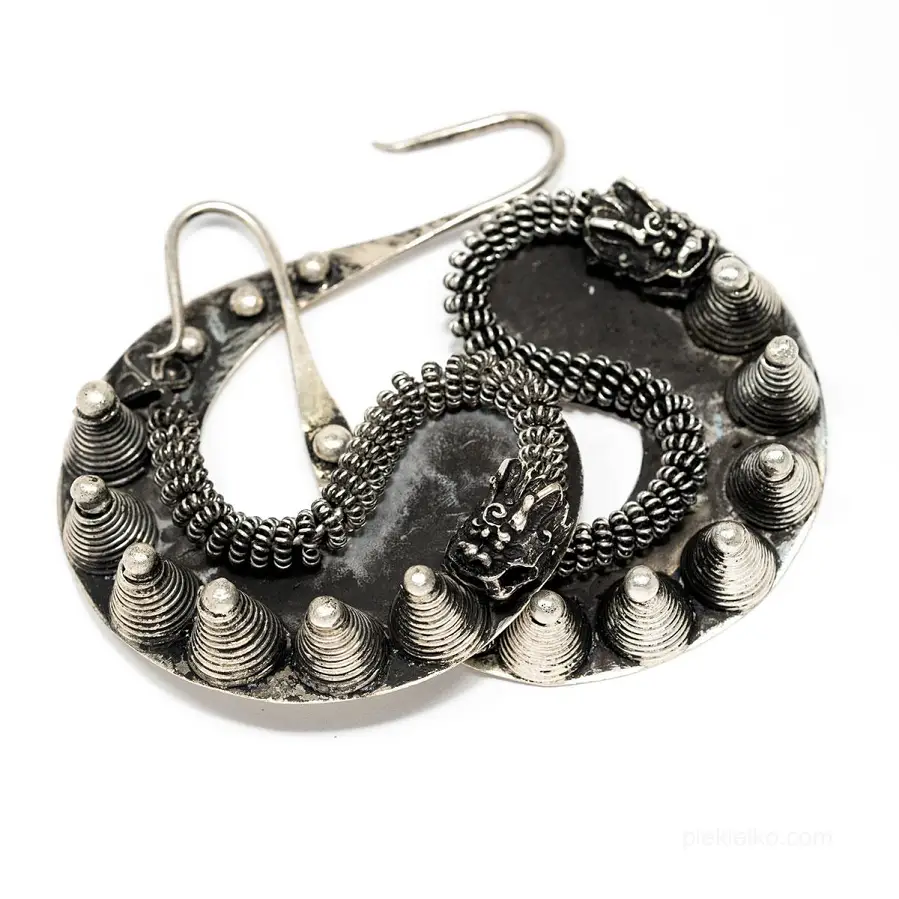
H'Mông dragon earrings
198,00112,86 -
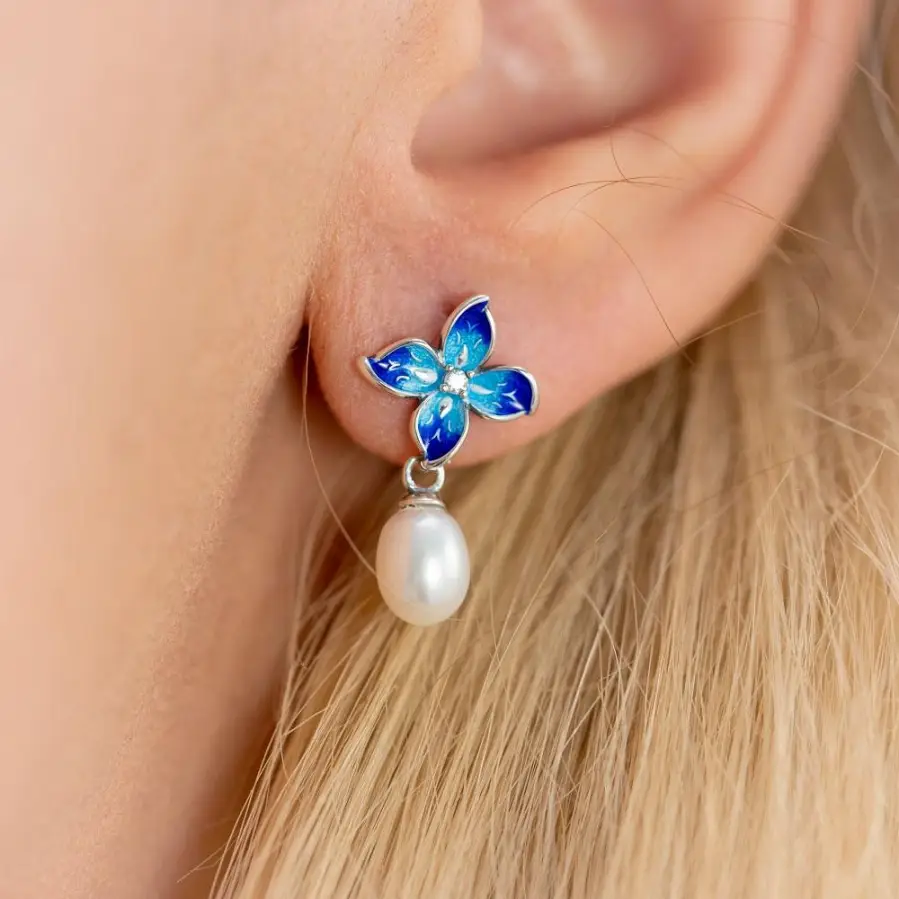
Painted Miao earrings with pearl
176,00158,84



© Piekielko.com

